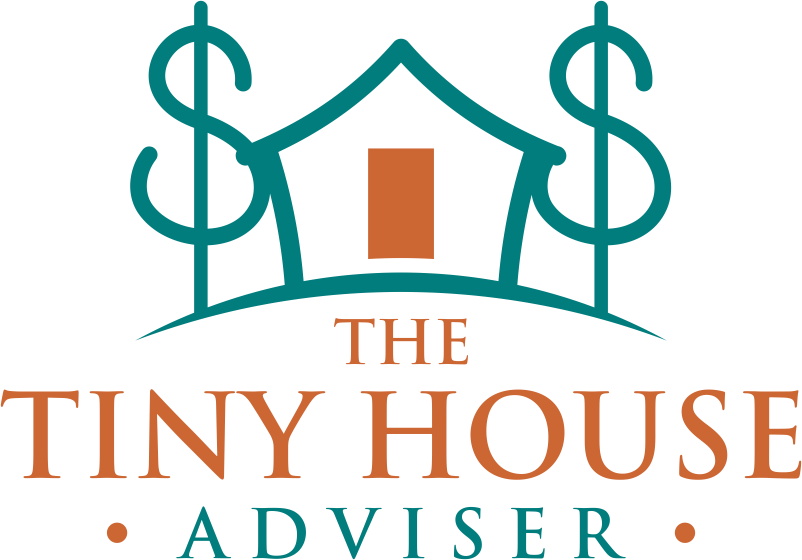EP 95: 5 Minimalist Money Moves to Tackle Inflation and Boost Your Budget
In an era where prices seem to climb higher every day, finding ways to cut unnecessary spending and focus on financial security is more important than ever. Whether you're a tiny house dweller or just looking to simplify your financial life, adopting a minimalist approach to money can help you navigate economic uncertainty with confidence. In a recent episode of Less House, More Moola, Laura Lynch shared five powerful minimalist money moves to combat inflation and build a more intentional financial future.
1. Align Spending with Value: Prioritize What Truly Matters
One of the core principles of minimalist living is making sure your money aligns with what truly brings you value. Whether it’s your morning coffee, the space you live in, or experiences you invest in, mindful spending helps you get the most out of every dollar. Instead of mindlessly consuming, ask yourself: Does this purchase improve my quality of life? If not, it may be time to cut it out.
For example, if you rarely use all the rooms in your home, downsizing to a smaller space—or even a tiny house—could dramatically reduce housing costs. This concept applies to everything from subscriptions to shopping habits. If something doesn’t add real value, it’s just clutter.
2. Be Curious, Not Judgmental About Your Spending
Rather than shaming yourself for past financial choices, take a curious approach to money management. Track where your dollars are going and evaluate whether your spending habits reflect your priorities. Many people underestimate how much they spend on things like dining out, streaming services, or impulse buys.
A minimalist mindset encourages simplification—cutting out unnecessary expenses, reducing waste, and focusing on purchases that serve a real purpose. Laura shared how canceling her Amazon Prime subscription eliminated impulse buying triggers while still allowing her to order what she needed in bulk for free shipping. Small shifts like this can have a big impact on your financial well-being.
3. Trick Yourself Out of Impulse Buying
Shopping triggers are everywhere—especially online, where algorithms constantly suggest things you "need." A great trick to curb unnecessary spending is the “cooling-off period.” Add an item to your cart and wait a few days before making a final decision. More often than not, you’ll realize you don’t need it after all.
For thrifty shoppers, window shopping without purchasing can be an enjoyable hobby. Exploring thrift stores, browsing online, or even “shopping” your own closet for forgotten gems can provide the same dopamine rush—without draining your wallet.
4. Buy Better, Not More
In the world of minimalist personal finance, quality trumps quantity. Instead of purchasing cheaply made items that wear out quickly, invest in durable, long-lasting essentials that won’t end up in a landfill within months.
A great example of this is wardrobe minimalism. Rather than filling your closet with fast fashion, identify your personal style and invest in high-quality staple pieces. Laura shared how she transitioned from a cluttered corporate wardrobe to a simple, intentional clothing collection tailored to her lifestyle.
5. Eliminate Consumer Debt—Your Biggest Financial Drain
Nothing drains your financial freedom faster than high-interest credit card debt. With rates reaching up to 30%, carrying a balance means you’re paying significantly more for every purchase. If you want to simplify your financial life and reduce stress, prioritizing debt elimination is a must.
Strategies like the snowball method (paying off the smallest debt first for quick wins) or consolidating high-interest balances into a lower-rate loan can help accelerate your journey to financial independence. The less money going toward interest, the more you can allocate toward savings, investments, or experiences that truly enrich your life.
A Minimalist Mindset for a More Secure Future
Minimalism isn’t just about decluttering your home—it’s a powerful tool for financial well-being. By aligning spending with value, being mindful of habits, avoiding impulse purchases, choosing quality over quantity, and eliminating debt, you can create a financial foundation that supports the lifestyle you truly want.
Curious about where you fall on the spectrum of unconventional financial values? Take our Unconventional Values Quiz at thetinyhouseadviser.com and start designing a money mindset that works for you!
Resources mentioned
Laura Lynch: LinkedIn
Takeaways from the episode
“Minimalism can help navigate inflation and economic uncertainty.”
“Window shopping can be a fulfilling experience without spending.”
“Reducing consumer debt is crucial for financial health.”
Subscribe to the podcast
Apple Podcasts | Spotify | Stitcher | Amazon Music | YouTube | RSS

